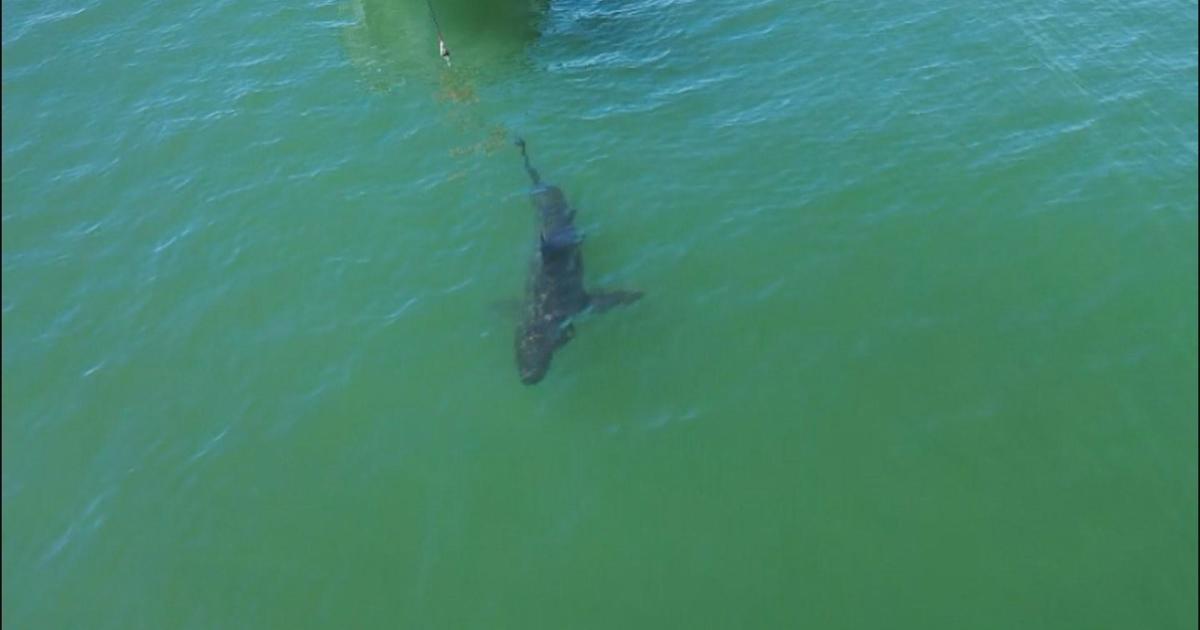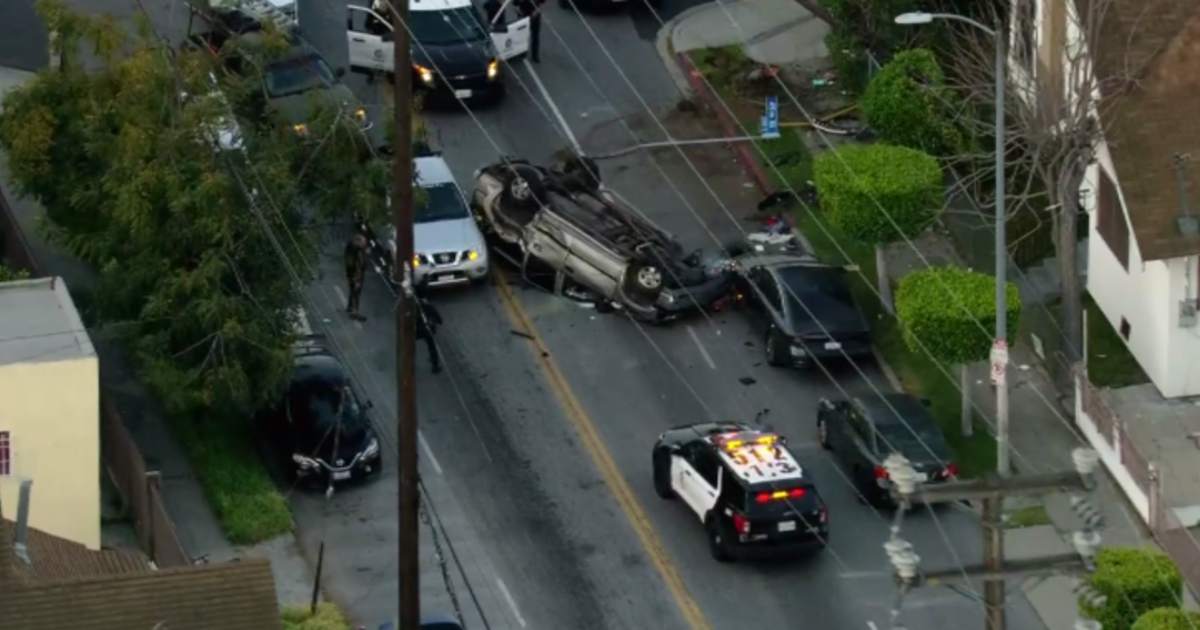'Snowman' Craters Found On Asteroid Twice The Size Of California
PASADENA (CBS) — Scientists are getting a closer look at what appears to be a "groovy" asteroid passing through our solar system.
KNX 1070's John Brooks reports researchers at Jet Propulsion Laboratory in Pasadena are poring over the first close-up photos of the pockmarked Vesta.
Podcast
After traveling through he asteroid belt between Mars and Jupiter, NASA spacecraft Dawn has captured rare images of an object that formed at about the same time as the sun, which some scientists estimate was nearly 5 billion years ago.
"What happened back then was the material that was orbiting what was going to become the sun began to condense," said UCLA's Chris Russell, the project's principal investigator. "When Vesta started to come together, we believe there was a supernova which irradiated the material."
Russell said they believe Vesta — which has twice the surface area of the state of California — was shattered in a collision that triggered meteorites that still fall to earth, leaving the asteroid scarred with grooves.
"Those grooves are pretty much in the equatorial region, and they're very much perpendicular to the direction we think that the impact was going when it hit Vesta," said Russell.
More evidence of this ancient impact is seen in a trio of stacked circular craters — or what some scientists have called a "snowman" — on the surface of Vesta.
Located on the northern hemisphere, the craters "appear to be filled with debris and they have an ejecta blanket around" the area, said Holger Sierks, with the Max Planck Society in Germany.
As the Dawn spacecraft continues to move closer and closer in orbit, JPL's Marc Rayman says researchers couldn't be more excited about what else they may discover.
"After two centures of observing this fuzzy little blob of light among the stars, Earth now has a robotic emissary in orbit at Vesta," said Rayman.




